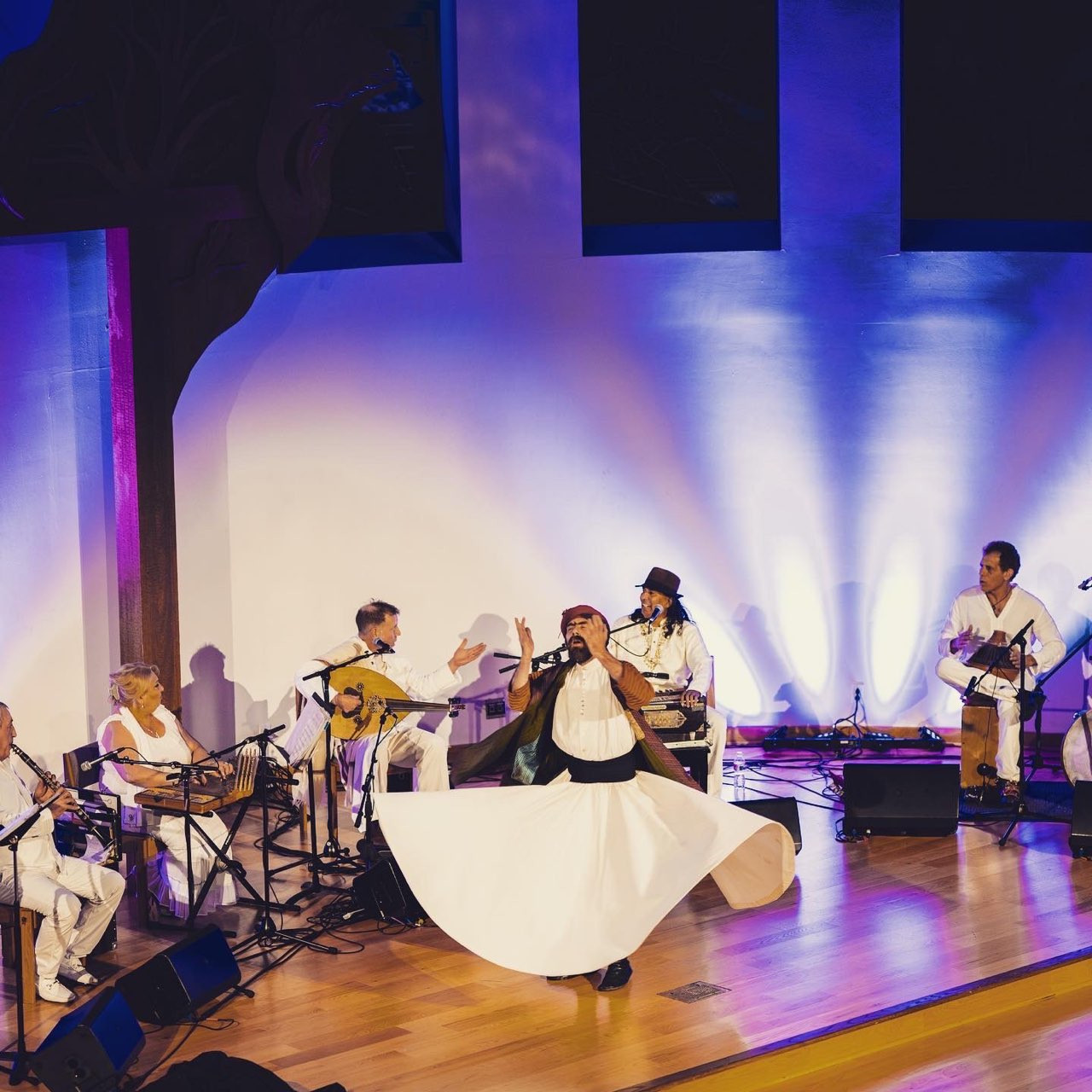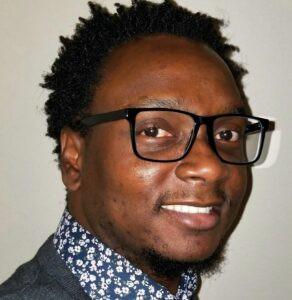By Anderson Isiagu, December 12, 2019
The California Lutheran University hosts an artist and speakers series regularly. One of them is the concert for unity which held at 7PM of Tuesday October 15th, 2019. This installment of the series featured the Yuval Ron Ensemble, a group dedicated to the performance of music from the Middle East, irrespective of their religious affiliations. This group is comprised of virtuoso players of specific Middle Eastern and Asian instruments such as the qanun, shvi, duduk, dhol, daff, harmonium and the Oud. Named after its leader, the Yuval Ron Ensemble, is renowned for their numerous concerts that bring together Christian, Jewish and Islamic music. This was brought to light at this concert where, according to the publicity material published on the university website, it explores the ancient and deep connections between the three Abrahamic traditions and their musical influences. My initial discontent arose from the lack of a concert program that would have helped me, and the audience identify each music being performed. However, from listening to the band’s album after the concert, it was easy to look back and identify the pieces that were performed. All the musical numbers that were performed had one religious connotation or the other. From slow and somber, drone-underlined songs like Sufi, Ya rab, Nour, Lama, and La Illa to fast paced, danceable selection like Allah Hu, Natrayani, Lo Yira, the band took the audience through different emotional states. Audience members participated in the performance through dancing, yelling out in amazement, hand waves, and quiet, mindful meditative listening. The first section of the evening had a constant drone playing across different pieces, an interesting feature that grounded and united the performances. It also created a mood, and a deep, sacred atmosphere. The textures were mostly heterophony with drum and drone accompaniment. The typical structure of Middle Eastern musical performances was visible from song to song. For instance, songs like Sufi and Lama, opened with a taqsim, the slow, non-pulsatile exploratory section that established the mode or maqam of the composition. This is sometimes followed by a metered instrumental dulab or a vocal mawwal. Songs like Aman Aman featured a Liyali, or vocal improvisation before the mawwal. The most recognizable maqam in use was Hijaz, this was easy to identify because of its semblance to the Western harmonic minor scale. Vocal pieces did feature intricate and ornate melodies and improvisations that used intervals that were not easily common to Western music. The piece Allahu, introduced the audience to the Qawwali, a Sufi sacred devotional genre. A few minutes into the performance of Sufi, the audience is treated to the entry of a man clad in a black robe, over a white floating gown. The entry of the Whirling Dervish signaled the high point of the evening. Slowly, he began to move in circles in a stylized fashion. This had all the trappings of long years of training. As the tempo got faster and faster, the Dervish speeds up almost effortlessly, his face completely transfixed as the music comes to a peak. This was also true of the atmosphere, which was now pervaded with total silence and reverence. It was a pure, palpable spiritual experience. This was indeed an evening of deep Abrahamic musical traditions. The performances underscored the musical similarities of these cultures and the multidimensional components and elements that make them rich.




